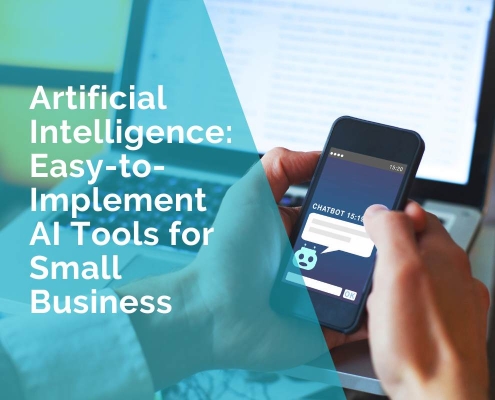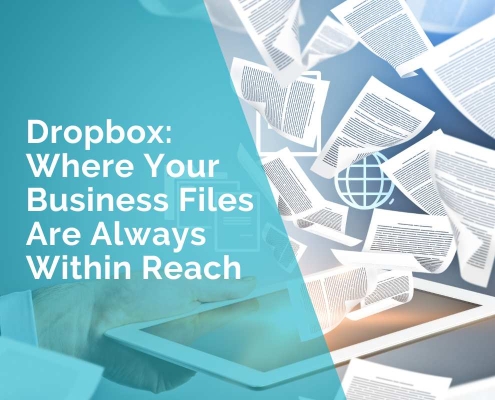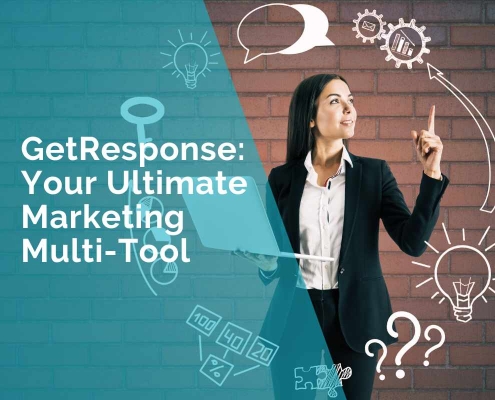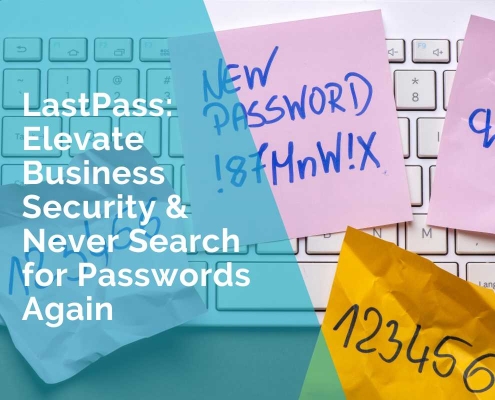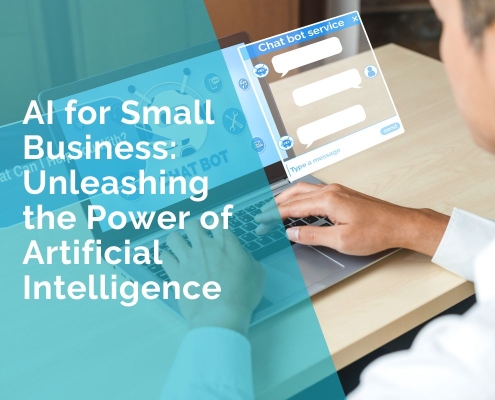5 Technical Upgrades Your Australian Business Needs in 2025
- Cloud, AI, and cybersecurity tools are now affordable and practical for small to mid-sized businesses
- Delayed upgrades quietly increase inefficiencies, costs, and client dissatisfaction
- Smarter connectivity helps teams collaborate faster and more effectively
- Simple, strategic changes can protect long-term business health in 2025
It’s hard to ignore the rapid changes in business technology over the past few years. One minute you’re sorting out video calls and VPNs, the next you’re hearing about AI-generated workflows and zero-trust security models. Whether you’re running a small consultancy in Brisbane or a mid-sized warehouse in Adelaide, 2025 is shaping up to be a critical year for tech decisions.
What makes this moment different isn’t just the shiny new tools — it’s the pressure. Rising cyber threats, smarter competitors, and a workforce that expects flexibility have shifted the baseline. The tools that got your business through the last few years might not cut it next year. That doesn’t mean you need to rip everything out and start over. But it does mean it’s worth taking a fresh look at your setup.
This year, the smartest businesses aren’t necessarily the biggest or the flashiest — they’re the ones making quiet, strategic upgrades that move the needle.
Why 2025 is the Year to Rethink Your Tech Stack
If you’ve been putting off system upgrades or pushing tech decisions down the priority list, you’re not alone. Many Australian businesses continue to run legacy software, juggle outdated processes, or rely on tools that don’t integrate properly. The problem is that what was good enough in 2020 is now holding things back.
Heading into 2025, there are three significant shifts you can’t ignore. First, customer expectations have changed. People expect faster service, seamless online experiences, and airtight data security. Second, your team wants tools that work — clunky systems and unreliable access aren’t just annoying, they’re costly. And third, compliance is getting stricter. Whether it’s privacy laws, cybersecurity regulations, or industry-specific frameworks, the bar is going up.
This isn’t about panic-buying the latest software. It’s about being intentional. The businesses that win in 2025 will be the ones that know which tools support their goals and which ones are just adding noise. That starts with understanding where you’re falling behind — and what’s realistically worth investing in.
The Quiet Impact of Smarter Cloud Strategies
When people talk about cloud tech, it’s easy to glaze over. It doesn’t grab headlines like AI or get attention like new gadgets. However, behind the scenes, cloud infrastructure is doing much of the heavy lifting for modern businesses.
Take a regional accounting firm based in Newcastle. Their old setup involved staff emailing spreadsheets back and forth, logging into clunky desktop software, and dealing with sync issues daily. After bringing in cloud consulting for Australian businesses, they transitioned to a streamlined, cloud-based system that enabled their team to work in real-time across locations. No more file version headaches, no more downtime during updates — just a quieter, more efficient way to get things done.
That’s the real story of cloud upgrades in 2025. It’s not about flashy new tools; it’s about stability, security, and scale. A smart cloud setup helps you respond faster, recover quicker, and avoid the slow drag of outdated systems. You might not notice it on a good day, but you’ll definitely feel it when something goes wrong, or when your competitors are already running weeks ahead. As part of a smarter cloud setup, many SMEs are adopting finops software to track spend, surface optimisation recommendations, and compare leading tools for 2025.
AI Integration Isn’t Just for Big Corporates
For a long time, AI felt out of reach unless you were running a tech giant. It sounded like something meant for labs or billion-dollar budgets, not local businesses trying to keep the lights on. But that gap’s closing fast. In 2025, AI is less about hype and more about practical shortcuts that save time and reduce human error.
Consider scheduling tools that automatically reschedule appointments based on staff availability and client preferences. Or inventory software that learns your stock cycles and flags when you’re about to run short. Even email triage is being handled by intelligent assistants that sort priorities before you start your day. These aren’t abstract possibilities — they’re tools that small businesses across Australia are already using.
The difference now is accessibility. Most of these systems are built into platforms you might already be paying for. The AI layer is just waiting to be activated; no massive IT overhaul is required. You don’t need a data scientist on payroll. You need someone who can help you plug these tools into your workflow without causing disruption.
For industries such as hospitality, logistics, or healthcare, where time and accuracy are crucial, even modest AI adoption can be a turning point. And once it’s working quietly in the background, you’ll wonder how you ever managed without it.
Cybersecurity Tools That Actually Make a Difference
It’s easy to tune out when people start banging on about cybersecurity. There’s a lot of noise out there — endless warnings, scary stats, and confusing acronyms. But beneath all that, there are a few practical tools that genuinely protect your business without overwhelming your team.
The most significant shift for 2025 is that security is no longer just a technical issue. It’s a business risk issue. A single ransomware attack or data breach can halt operations for days, damage your reputation, and lead to legal trouble, especially with Australian data laws tightening. The good news is, you don’t need a fortress. You just need to cover the right bases.
Innovative businesses are turning to adaptive threat detection tools that spot unusual behaviour before anything serious happens. These systems learn what normal looks like across your network and flag dodgy activity early. Add to that endpoint protection for mobile and remote staff, and you’re reducing weak spots where attacks often slip through.
But tech alone isn’t enough. Human error still drives most breaches, which is why staff training is becoming just as critical as software. Tools that deliver short, regular security lessons — the kind people remember — are proving more effective than once-a-year seminars that no one listens to.
In 2025, it’s not about locking everything down and hoping for the best. It’s about building habits and systems that quietly protect your business every day, even when no one’s watching.
Smarter Connectivity for a More Productive Team
It’s easy to underestimate how much time gets lost to laggy systems and broken communication. You don’t always notice it day to day — the Slack messages that don’t sync, the video call that drops out mid-pitch, the delay waiting for a shared file to open. But across a team, over a month, those little moments add up to hours of lost work and a heap of frustration.
Connectivity upgrades don’t sound glamorous, but they’re foundational. Faster internet isn’t just about streaming speed — it affects how quickly your cloud apps respond, how stable your remote access is, and how well your team collaborates in real time. As 5G and fibre become more accessible across metro and regional Australia, more businesses are upgrading their infrastructure not just to keep up, but to get ahead.
Unified communication platforms are also replacing scattered apps; instead of juggling five tools that only partially work, you get one dashboard that handles chat, calls, calendars, and file sharing. That simplicity reduces digital fatigue, improves onboarding for new staff, and eliminates tech-related bottlenecks.
In short, it’s about making the everyday smoother. When your systems feel invisible — when things just work — your team can focus on the stuff that grows the business.
What Happens When You Delay These Upgrades
Not every business can overhaul its tech stack overnight, and no one’s suggesting you should. But waiting too long to act often turns minor problems into big ones. What starts as a slow system becomes a full-day outage. What feels like a slight inefficiency becomes months of lost productivity.
Clients notice, too. If your response times lag, your security feels shaky, or your service looks outdated, they won’t wait around. And with more industries becoming digitised, your competition isn’t just down the street anymore — it’s often someone leaner, faster, and already tech-ready.
Then there’s the internal cost. Staff get frustrated when tools don’t work correctly. Turnover creeps up. Workarounds pile up. And eventually, you’re not running a business — you’re managing tech debt.
2025 isn’t about reinventing everything. It’s about pinpointing where small, meaningful upgrades can remove friction, boost morale, and protect your bottom line. Because, in most cases, the cost of standing still is significantly higher than the cost of moving forward.
***************
LP



